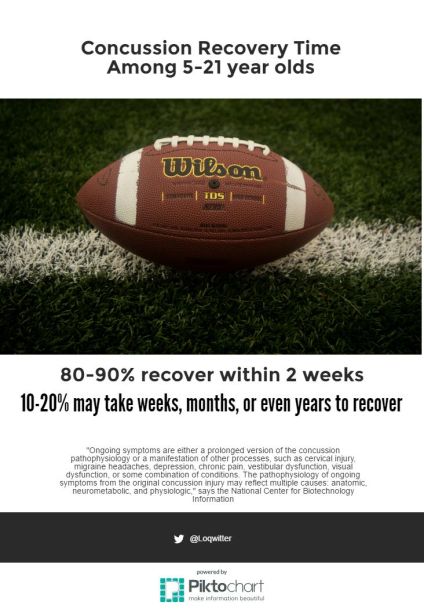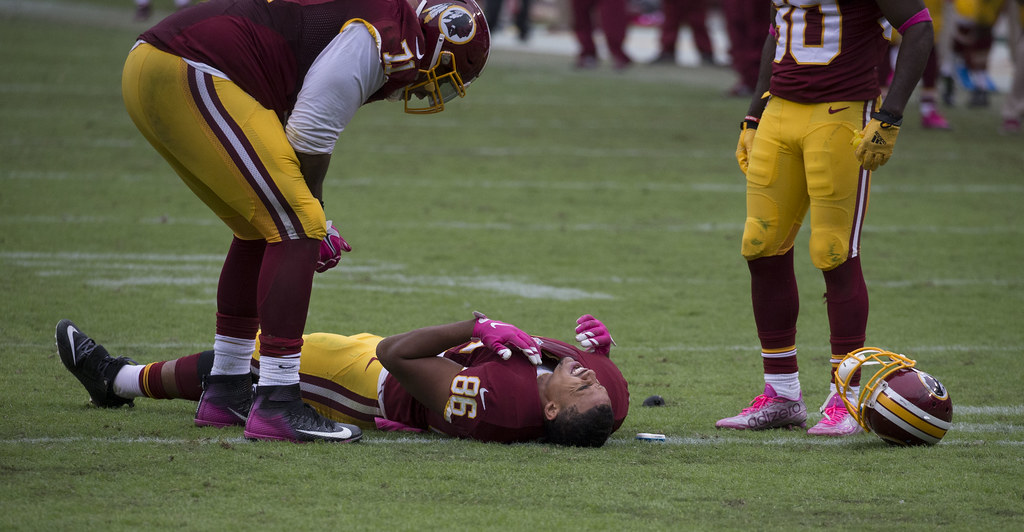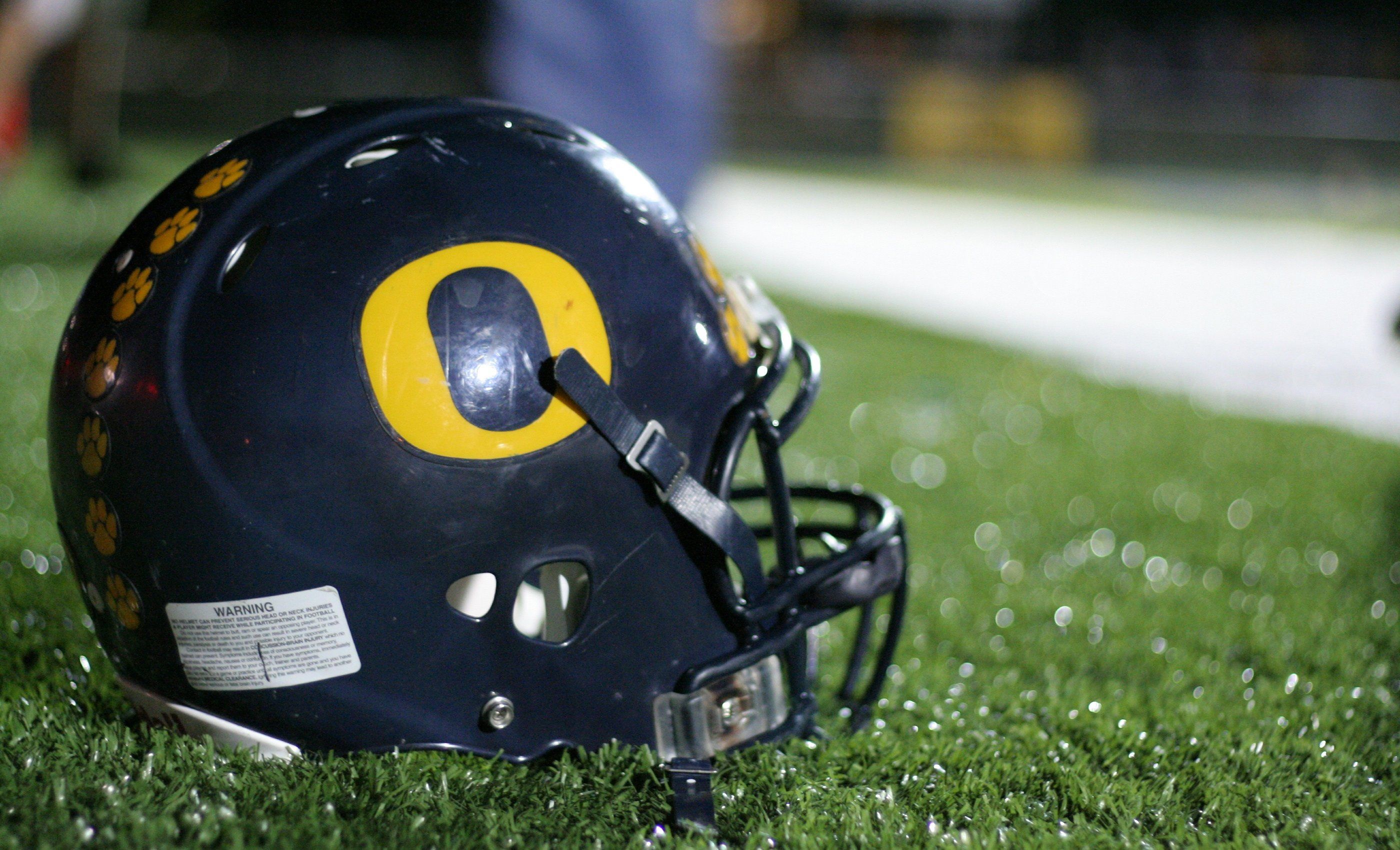
Brian Cooke, 20, was playing an intramural game of handball with his friends at Rowan University’s rec center. After nobody volunteered to play goalie to start the game, Cooke answered the call for his team, a team full of average non-athletes just trying to have a good time.
Not even ten minutes into the contest, the opposing team blew right past Cooke’s team’s defense and were all alone, 10 feet in front of the net. Cooke noticed that the player with the handball, a smaller and denser version of a soccer ball as Cooke noted, was gearing up to shoot at the left side of the 6×10 net. Cooke looked into the shooter’s eyes, preparing to move to his left to make the save. When he did this, Cooke moved right into the ball, which ended up being thrown towards his head.
“At first, I didn’t even feel anything, I guess mixed with the adrenaline and the embarrassment. That’s what I was worried about at that moment,” Cooke, the junior public relations major, said. After he was hit, Cooke proceeded to keep playing, as he picked the ball right up and threw it to one of his teammates. “I played the rest of the game and felt fine,” Cooke said.
When he got back to his apartment a couple hours later and tried to go to bed, Cooke realized that he had a really bad headache that came out of nowhere.
“I thought, ‘Could this possibly be from taking that hit earlier?’”
What Cooke started to realize, is that he had a concussion.
According to Current Concepts in Sports-related Concussions, concussions fall on the mild end of the traumatic brain injury (TBI) spectrum, and according to the same article, an estimated 1.6 million to 3.8 million concussions occur annually in the United States, many of the same circumstances as Cooke’s.
“When I laid down I started to get nauseous. That made me very worried because it came out of nowhere,” Cooke said. It was very late at night, Cooke recalled, so he went to bed hoping for the best.
Things did not get any better.
“The next day I woke up and I felt horrible, like, this was one of the worst feelings I ever had,” Cooke said.
“It was all in my head and not the rest of my body, but just the light coming through my shades was blinding. The headache I had felt like a knife slicing through my brain. [I was] very sensitive to any sound or light,” Cooke said. “The nausea wasn’t there anymore, but the biggest thing was the mental fogginess, which was like not being as sharp and aware of what’s going on around you and it almost felt like for the next few days things were going in slow motion around me.”
When asked if he ever thought about leaving the game after he was hit in the head, Cooke said no. “I think that is completely due to adrenaline, I literally felt 100 percent fine for the rest of the game and, like I said, it wasn’t even till a few hours later that I felt a little weird so no I never thought about it,” Cooke said.
According to a report by the Institute of Medicine and the National Research Council, there is a “culture of resistance” when it comes to reporting concussions despite increased knowledge about the injury. The report was written by a committee of academic medical experts and was based on research of several youth sports with athletes with ages spanning five years of age all the way to 21-years-old.
An injury like the one Cooke sustained might have been even more dangerous than one a football player could suffer since there was not any concussion protocol in place since it was an intramural game.
According to Cooke, the referees on the court were just other students, and other than being asked: “are you okay?” They really did not do anything but tell him to take a breather. Cooke did not know if the referees were trained or not.
A few weeks later, Cooke is feeling like his old self again, and while he is in a category with 90 percent of other 5 to 21-year-olds who recovered from their concussions in two weeks, there are many examples of professional athletes whose careers are ruined by similar injuries. Look at former NHL player Marc Savard, for instance.
On March 7, 2010, Savard, one of the most talented scorers in the league in his heyday, took a devastating blow to the head from former Pittsburgh Penguin Matt Cooke and was never the same. Despite efforts to come back and play, he was never able to defeat the lasting effects of his injury, and couldn’t build enough momentum to stay in the league.
To this day, Savard still experiences symptoms from his post-concussion syndrome including memory loss, anxiety and depression.
Maybe one day, science will find a way to prevent or even defeat concussions once and for all.

“I think the reality is that technology can help us solve certain aspects of the issue,” NFL Commissioner Rodger Goodell said in an interview printed by the Wall Street Journal. “I think [there are] cultural issues of being more aware of these injuries and what to do to prevent them. Technology can prevent some. We need technology to help us in the diagnosis, so we can diagnose these injuries. We need medical research to tell us how to treat it.”
One example of scientific technology that could help find a cure is the blood test that some scientists at the University of Rochester and some of their colleagues in Germany have developed. This blood test appears to “reliably” correlate with sports-related concussions, according to a report by the Wall Street Journal.
The scientists report that a brain protein called S100B soars in the immediate aftermath of a concussion, enough so that a finger-prick test administered on the sidelines could help make on-the-field diagnosis much more reliable.
By about a week and a half later, Cooke was feeling much better.
“I definitely feel like I’ve been more peppy and mentally aware of what’s going on and just overall good,” Cooke said.
“Hopefully, I will never have to go through all of this ever again.”



